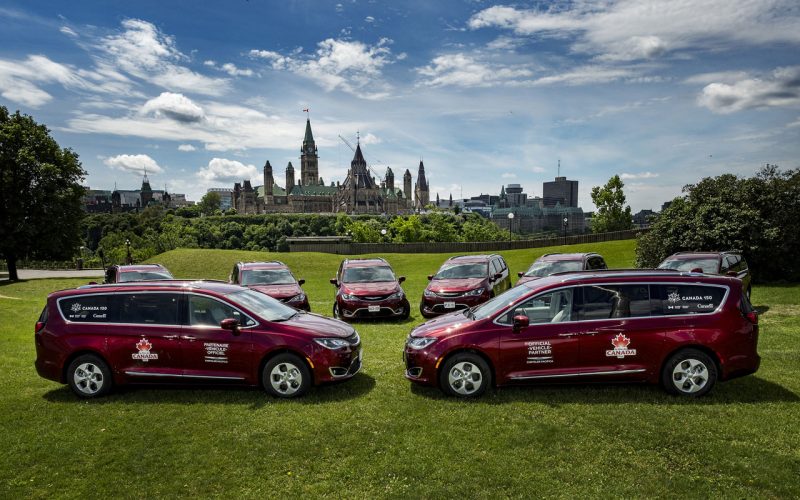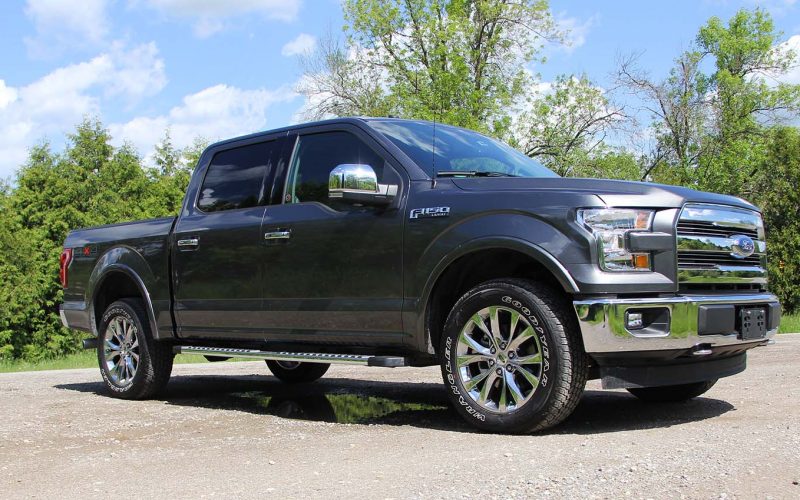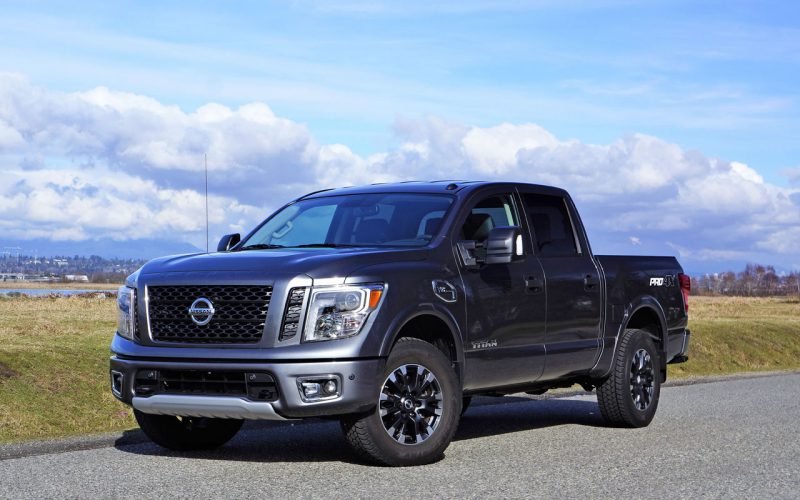
It’s only fitting that Canada’s favourite family shuttle was the official conveyance in our capital city for our 150th confederation celebrations. Fiat Chrysler Automobile’s ultra-popular Dodge Grand Caravan, dearly departing

North America loves its F-series trucks. In 2016 Ford sold 820,799 F-series pickups in the United States. Canada sold nearly 150,000. Ford likes to boast that it’s been Canada’s best

Stories about unprecedented pickup truck sales growth aren’t fully founded in reality, as shown by 2016 Canadian sales stats. Only Ford’s F-150 saw a big improvement last year, with 145,409